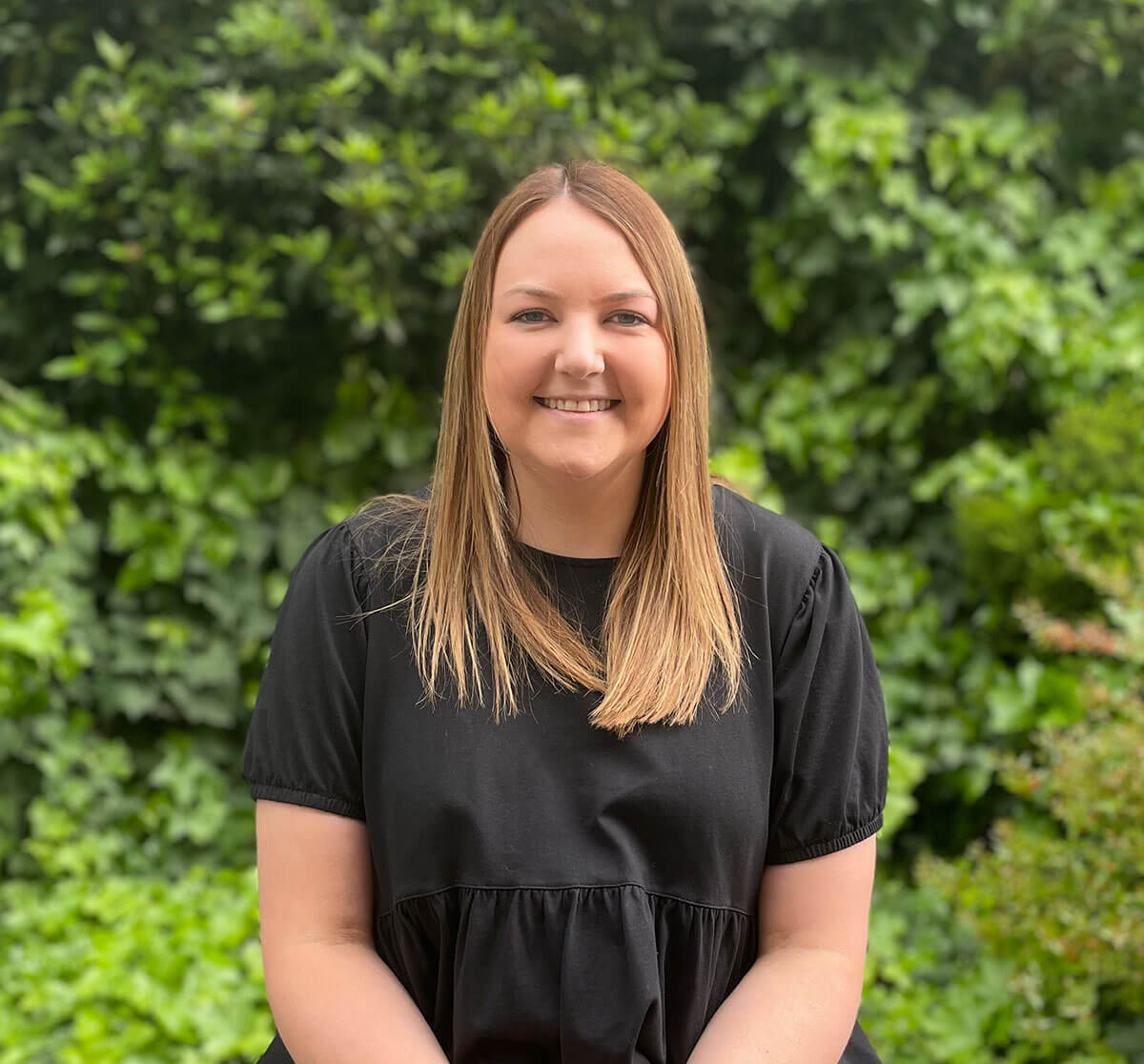
This is a condition sometimes found after a stroke or some injury to the brain. It is not a condition affecting the eye. Hemianopia relates to the brain’s impaired ability to receive the information transmitted to it through both eyes. The person experiencing it has difficulty seeing one side of their surrounding environment, or will report that one side appears different from the other.
Hemianopia may be complete or partial
In the case of complete, the person affected can only see to one side when looking straight ahead. With partial hemianopia, objects appear different in clarity or brightness.
Other effects include double vision and difficulty interpreting visual information (especially if the view is complex or involves many moving people). Sometimes, the visual image may completely disappear or distort.
How does it affect daily living?
Hemianopia can cause loss of confidence with doing simple daily tasks. The person may feel unsafe crossing the road or going shopping, for example.
Loss of half the visual field will affect many daily tasks including reading, travel and daily living skills.
Diagnosis and treatment
Diagnosis of a hemianopia is normally done when assessing the impact of a stroke or acquired brain injury upon a person. Some hemianopias resolve naturally over time however the majority are permanent and no medical treatment is available.
Who can help?
A hemianopia is not progressive but lack of understanding may cause frustration and needless dependence on others. An eye specialist is initially involved with the diagnosis of a hemianopia and ongoing monitoring to determine its effects upon vision. Should the specialist feel that you can be assisted by See Differently, they refer you.
See Differently can assist with understanding what a hemianopia is and scanning techniques to adapt to the vision loss that has occurred. Other services and products include:
- low vision assessment;
- magnification aids;
- counselling;
- daily living products (e.g. talking clocks and large print playing cards).














